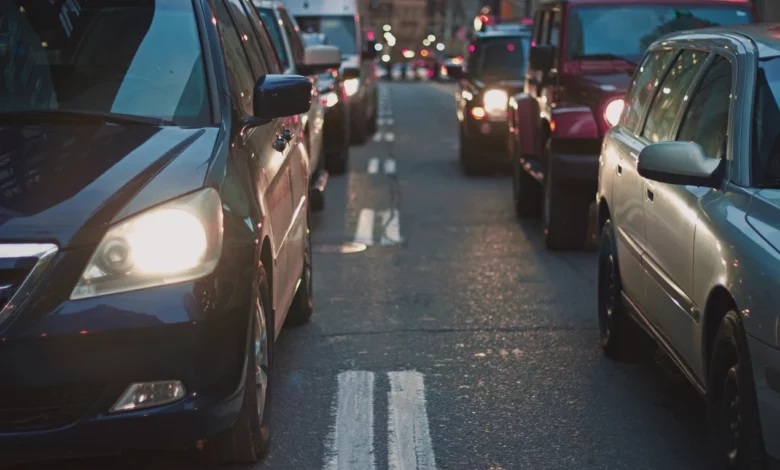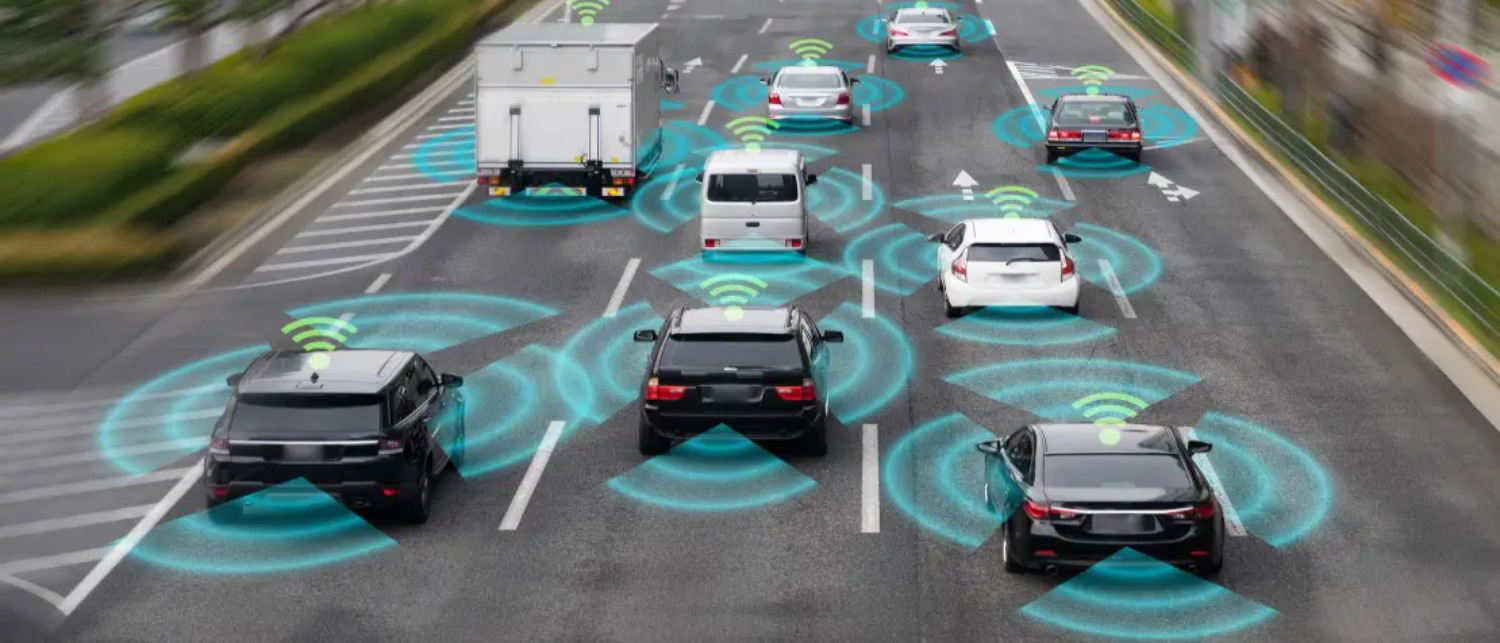By 2030, AI-driven technologies will reduce road deaths

By 2030, AI-driven technologies will reduce road deaths
Road traffic accidents (RTIs) are the number one killer of people aged 5-29 worldwide and the eighth most common cause of death overall. Every year, RTIs cause up to 50 million injuries and over 14 million fatalities. Vulnerable road users are responsible for more than half of these deaths (ie, pedestrians, cyclists, and motorcyclists).
The yearly gross domestic product of a country is often reduced by 1-3% as a result of traffic accidents. India ranks last in terms of the number of traffic deaths worldwide; every four minutes, a person dies on Indian roads, damaging the country’s economy by close to US$ 55 billion, or 1.85% of GDP.
Road Safety & Risk Issues Recognition

The topic of road safety has always been intricate and varied. Nevertheless, the research shows that, within the framework of a safe systems approach, four significant risk variables continually increase the risk for road injuries and deaths at a population level and are thus recognized by the WHO as important risk factors under the Safe System Approach. These danger variables include:
- speeding,
- drunk driving,
- helmet use, and
- use of seatbelt or child restraint
The impact of these four risk variables on road mortality and morbidity is quantifiable, even though many other factors (such as infrastructure and vehicle safety measures) also play a role in causing road injuries and fatalities.
In India, approximately 30,000 lives may have been avoided, according to research that was published in The Lancet journal, had the above-mentioned four major risk factors been addressed with straightforward road safety measures. Researchers discovered throughout their study that in India, seatbelt use might have prevented the loss of 3204 lives and saved 5,683 lives by wearing helmets, 20,554 lives by monitoring the speed, and 20,554 lives by checking the speed.
Over 80% of accidents are caused by human mistakes, according to World Economic Forum-led Road Safety 2.0 pilot programs, and the bulk of them may be avoided by using technology to make up for human limitations.
Along with the previously stated human mistake, poor road engineering is another factor that contributes to accidents. The death rate is also influenced by deficiencies in the infrastructure, such as accident-prone areas, dark spots, potholes that arise out of nowhere, and inadequate safety features in the cars. However, driving behaviour continues to be the key factor.
How to Improve
The next important concern that comes after identifying the main causes of car accidents is how to alter drivers’ behaviour.
According to studies, behaviour may be altered by either one’s drive or by the threat of punishment from tight enforcement.
Self-motivating drivers for improved driving through incentives and prizes work out to be a superior solution for a densely populated country like India with a huge population.
Reward Good Drivers
:quality(70)/cloudfront-eu-central-1.images.arcpublishing.com/thenational/TJFPMXURHL7AVPFDPRRYODNKS4.jpg)
Instead of wasting time, effort, and resources trying to find and punish bad drivers, our approach to change has been to reward good drivers.
The World Economic Forum (WEF)-led Road Safety 2.0 pilots’ performance is evidence that this theory is more useful in preventing accidents.
As “Action for Global Road Safety” entered its second decade in 2021 intending to attain Sustainable Development Goal 3.6. By 2030, this objective seeks a 50% decrease in traffic-related injuries and fatalities.
AI-driven Technology-Based Intervention Supported by Evidence
To minimize RTIs, the safe system approach must be implemented effectively along with evidence-based technology treatments.
According to the WEF’s pilot research, 25 to 40 per cent of yearly road deaths might be avoided by deploying next-generation AI-driven technology to address the four major risk factors for road safety. This is primarily a result of technology’s scalability, openness, and affordability.
Safe Driving Scores
Despite being subjective, a driver’s behaviour may be observed via IoT and scored using a system called “Safe Driving Scores.”
These Scores can be monetized to reward, incentivize, and provide cash rewards to good drivers if they are popularized like CIBIL Scores. Fleet or vehicle owners will then be motivated to recruit drivers with a higher safety score, transforming reckless driving behaviour into safe driving. It has the potential to drastically alter Indian road safety.
Ecosystem to Reward Safe Driving Scores
To reward these points, an ecosystem must be developed.
Only a few auto OEMs, gasoline providers, roadside attractions, and auto parts suppliers have demonstrated a desire to participate in the ecosystem.
Due to legislative limitations, insurance firms, who are the primary stakeholders, choose not to participate. IRDAI has now issued the necessary approval for the adjustment. This will make the ecosystem self-sustaining and less dependent on external financing for road safety.
Good driving scores indicate better drivers who will work to reduce their insurance prices as much as possible. Similar to this, prudent driving will result in fewer accidents and lower insurance company payouts. a situation where everyone benefits.
Tech-Based Automated Enforcement System
Self-motivating actions to enhance driving behaviour cannot, however, be the only option. Traffic laws must be strictly followed and openly enforced. They both enhance one another.
India has a very dense population, making it very hard to police traffic laws manually by looking for breaches and fining offenders. Automation is required for the enforcement system, which should include: -speed cameras, incident detection cameras, and ANPR systems; -IoTs and high-end software for real-time violation detection and issuing of automated penalty challans with a reliable recovery mechanism.
PPP Model Automated Enforcement System

With outstanding outcomes, the World Economic Forum conducted a second test for the automated enforcement system under the PPP model. The issue with an automated system is not a lack of technology, but rather a lack of funding. Automated enforcement methods require trained labour for faultless functioning in addition to pricey hardware and software. The majority of Indian cities and municipalities lack sufficient financial resources.
The WEF pilot showed how to establish and run the automated enforcement system using a PPP model that is both economically sound and effective. The initial installation costs of the automated system are willingly accepted by the technology providers and OEMs. To recoup their capital, operating, and maintenance costs in a challan from the government, they must then manage and operate using their trained staff. In addition to increasing road safety and preserving the lives of residents, this is not only financially feasible but will also bring towns and municipalities some extra money.
The Sustainable Development Goal 3.6, which calls for a 50% decrease in traffic-related injuries and fatalities by 2030, is still far from being accomplished by the worldwide community. Now that the COVID-19 epidemic has altered government priorities and posed additional competing difficulties, achieving this aim will be more difficult.
But perhaps we are all on the way to getting there sooner. Road Transport Minister Nitin Gadkari is quite optimistic about it and plans to reduce 50% of road fatalities by 2025.
edited and proofread by nikita sharma




